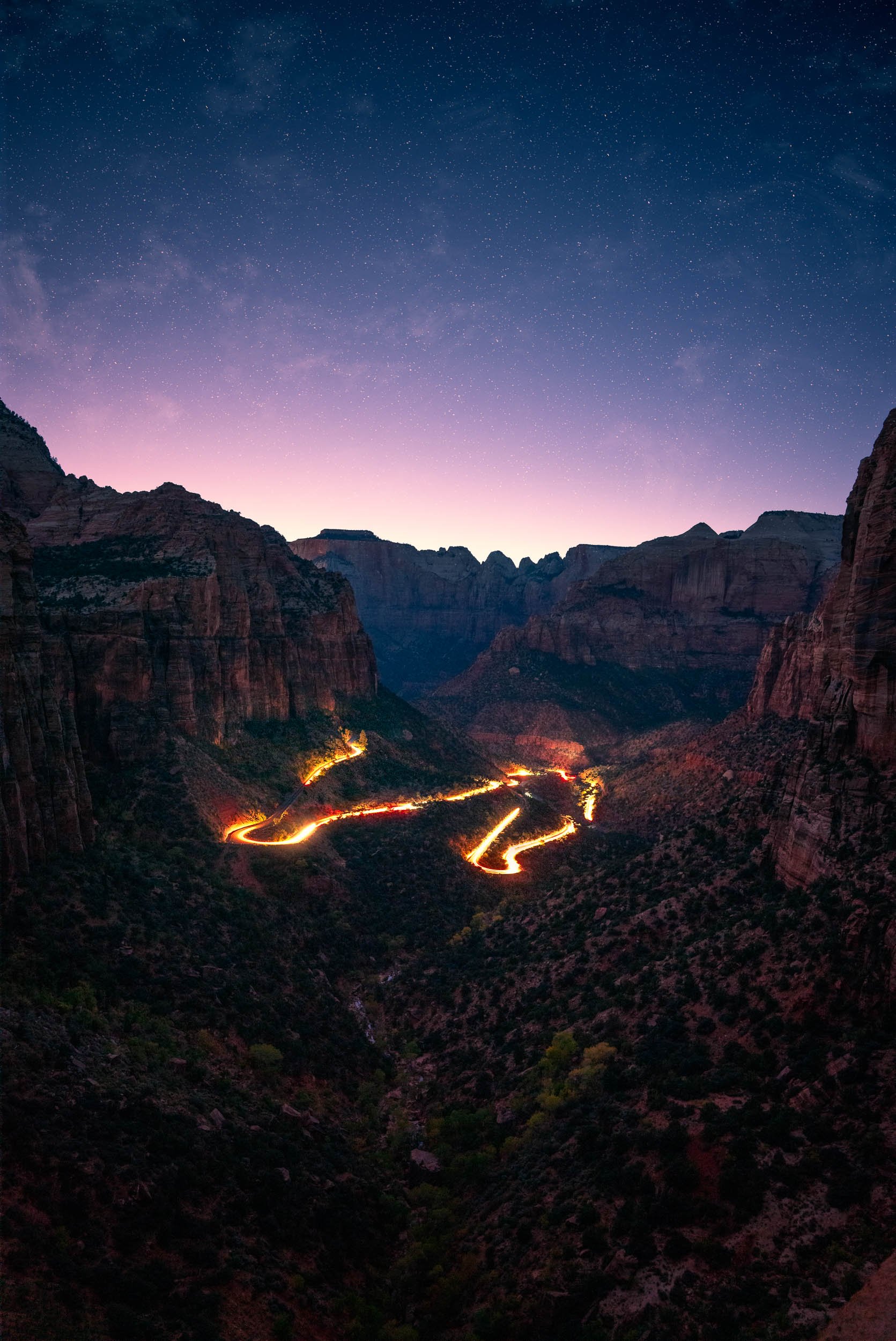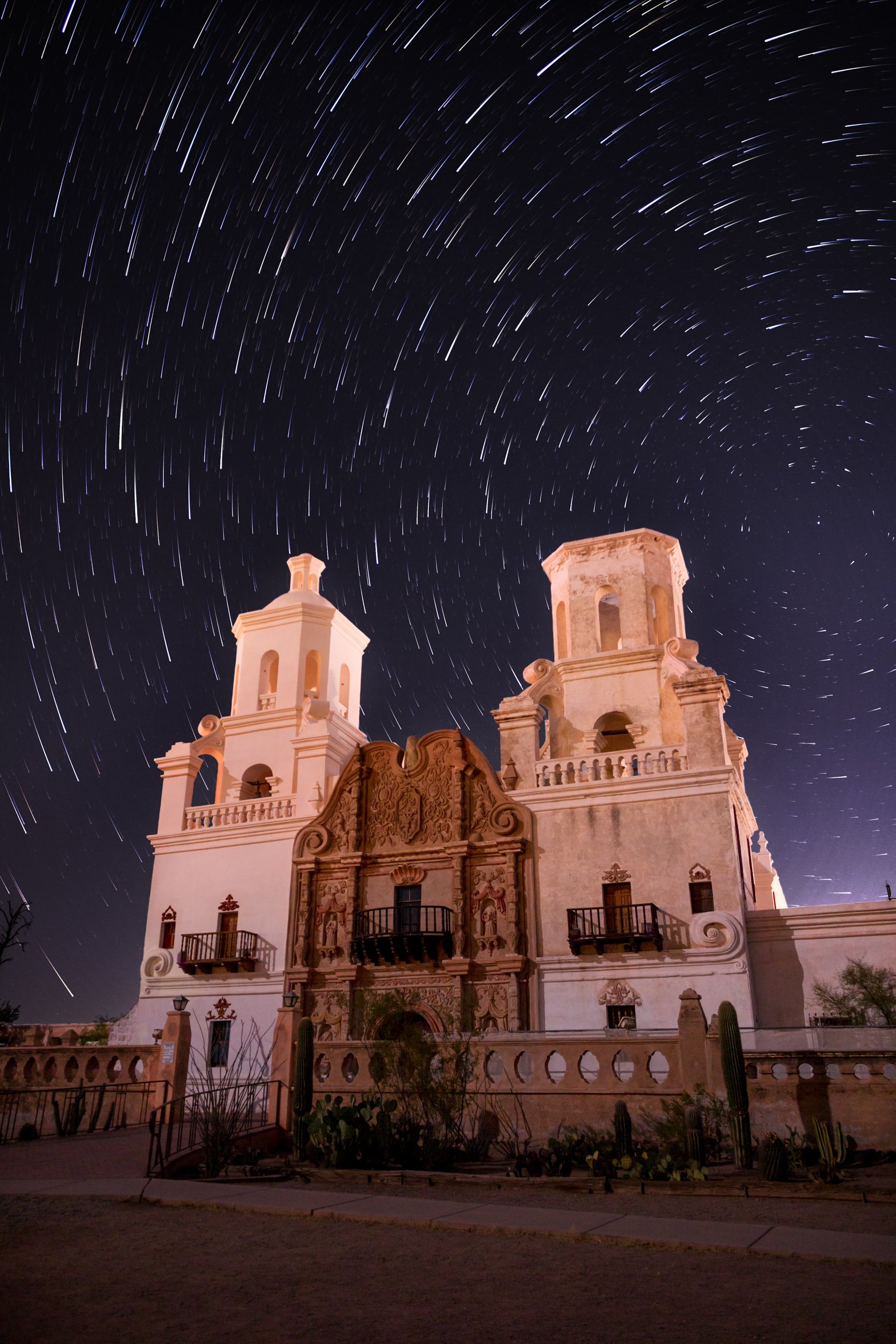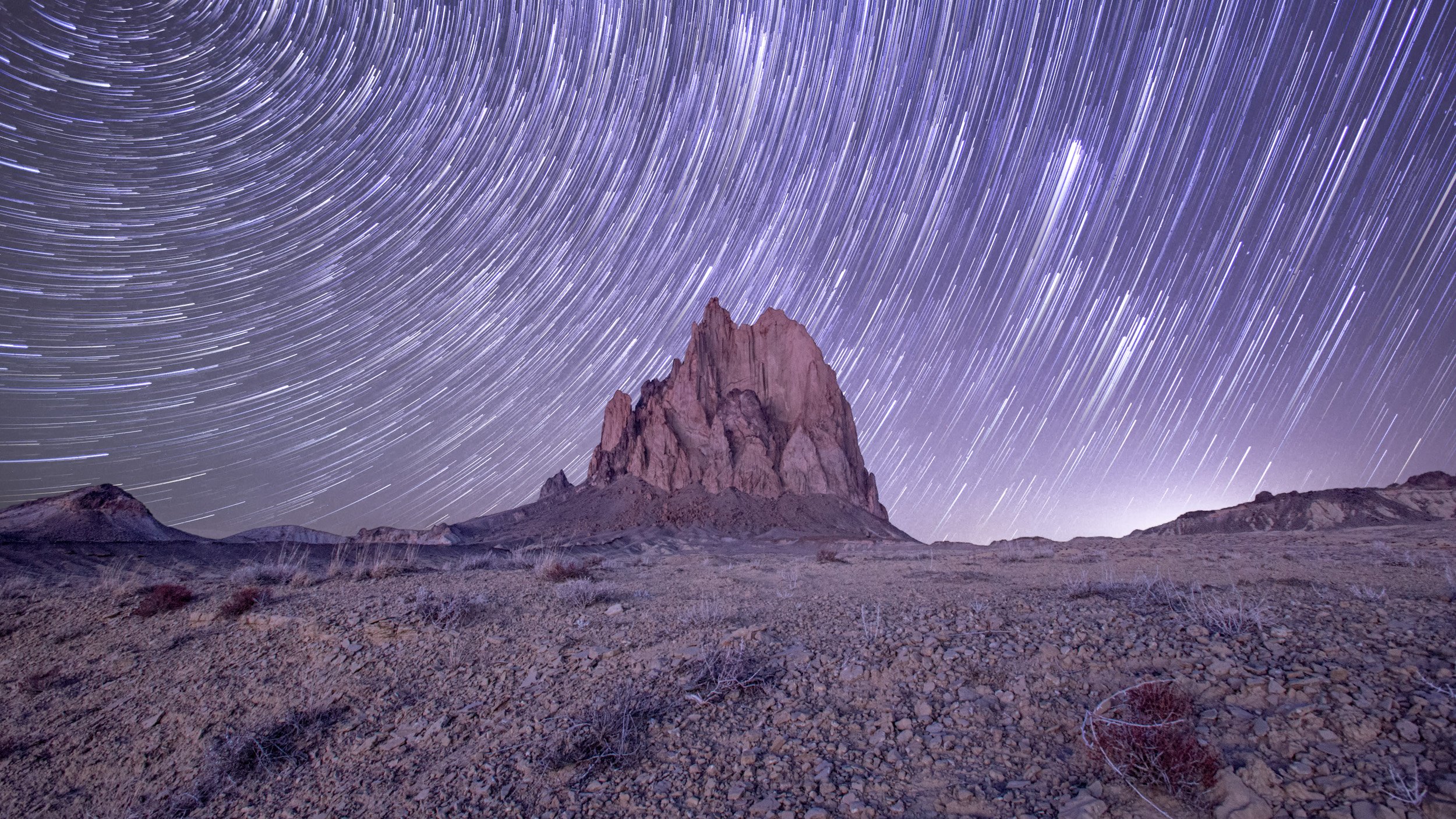What’s in the Sky - July 2025
July 2025 Astrophotography Events
July brings warm evenings, long twilight hours, and some fantastic reasons to grab your gear and head out. From photographing fireworks on the 4th to chasing meteors at the end of the month, there’s a solid mix of creative opportunities waiting under the stars. The full and new moons offer ideal setups for both lunar and deep-sky photography, while the Delta Aquariids deliver a reliable meteor display, perfect for stacking or time-lapse captures.
Here’s a look at what’s happening in the night sky this month!
Key Events for July 2025
July 4: Independence Day 🇺🇸
What to Expect: Fireworks light up the night across the country making July 4th a perfect opportunity to practice long exposure techniques, capture brilliant color, and include silhouetted landscapes, crowds, or even city skylines in your compositions.
Tips:
Scout Your Location: Find a vantage point with a clear view of the fireworks launch area. Including foreground elements like buildings, trees, or flags can add context and interest to your shots.
Try Bulb Mode: For more control, use Bulb mode with a remote shutter release. Open the shutter just before the burst and close it after it fades to capture the full explosion.
July 10: Full Moon
What to Expect: July’s full moon rises during blue hour, offering a unique opportunity to capture it against a vibrant twilight sky. While the full moon’s brightness washes out deep-sky objects, it’s ideal for photographing moonrises or using moonlight to help illuminate landscapes.
Tips:
Plan for Blue Hour: The moon will rise just as the sky begins to deepen in color, look for warm tones on the horizon transitioning into cooler blues above. This mix of color and light creates a stunning backdrop for both wide and telephoto compositions.
Incorporate Foregrounds: Blue hour light can softly illuminate foreground elements while still preserving contrast with the moon. Use a telephoto lens to compress the scene and position the moon behind a mountain ridge, tree line, or cityscape for added drama.
July 24: New Moon
What to Expect: The New Moon means no moonlight interference, just dark skies, perfect for astrophotography. July is prime time for photographing the Milky Way’s Galactic Core, especially in the early morning and late evening hours. It’s also an ideal opportunity to practice stitching Milky Way arc panoramas as the core stretches across the sky.
Tips:
Milky Way Imaging: The Galactic Core is high and bright this time of year. Use apps like PhotoPills or Stellarium to time your shots and align your compositions with interesting foregrounds.
July 29: Delta Aquarius Meteor Shower
What to Expect: The Delta Aquariids peak in the early morning hours of July 29, offering a steady show of 15–20 meteors per hour under dark skies. With the moon at just 22% illumination and setting shortly after 11 pm, conditions will be near ideal for a great night of meteor photography.
Tips:
Start Late, Stay Late: While meteors can appear after dusk, your best window is from midnight to pre-dawn, when the radiant (in Aquarius) climbs higher in the southeastern sky and the moon is out of view.
Shoot In Series: Set up an intervalometer to shoot continuously, this gives you a higher chance of capturing meteors and allows for stacking or creating a time-lapse later.
Upcoming Workshops
Ongoing July Opportunities
July settles us deeper into summer, with warm nights, dry air in many regions, and the Milky Way’s core shining brightly above the southern horizon. The days are still long, but night arrives just early enough to give you time to explore a wide range of astrophotography, from moonlit landscapes to deep-sky experiments and meteor showers near the month’s end.
This time of year, the landscape is full of life: lush grasses, high-country wildflowers, and the last glow of late sunsets add richness and depth to your foregrounds. Monsoon season in the Southwest can also bring dramatic clouds, lightning, or dust, a challenge, but also a chance to capture something unexpected.
Ongoing July Opportunities:
Galactic Core at Its Peak: July offers one of the longest and highest displays of the Milky Way core all year. Aim to shoot in the second half of the month near the New Moon for the best conditions.
Moonlit NIghtscapes: The July full moon rises during blue hour, perfect for creative moonlit compositions, or using its light to gently illuminate your foreground without overpowering the stars.
Meteor Shower Prep: Start testing your meteor shower setup early in the month, practice focus, interval shooting, and composition before the Delta Aquariids peak. With low moonlight, conditions are ideal this year.
Story-Driven Scenes: From tents under starry skies to fireworks or monsoon clouds lit by starlight, July is a powerful time to tie motion and emotion into your frames. Include elements that help tell a story of summer, exploration, solitude, or connection.
July is about embracing the heart of the season, warm air, buzzing insects, distant storms, and the bold presence of the Milky Way. Whether you’re chasing meteors, experimenting with time-lapse, or capturing your first clean blend, this month offers both challenge and inspiration in equal measure.
On-Demand Course: If you’re struggling with editing or just need a refresher, check out my on-demand course Astrophotography Editing Essentials! Over 2 hours of editing content you can walk through at your own pace!
Tips for July’s Events
July is a rewarding month for night photography, with the Milky Way high in the sky, a well-timed full moon for creative compositions, and one of the summer’s most reliable meteor showers. Whether you’re looking to improve your blends, try a time-lapse, or capture a streaking meteor under dark skies, these tips will help you make the most of the month’s celestial highlights.
2. Make the Most of the Full Moon
Use Blue Hour Wisely: With the full moon rising near twilight on July 10, you can capture a soft color gradient in the sky while the moon sits low on the horizon.
Frame for Scale: Scout locations with clear eastern views and use a telephoto lens to compress the scene, placing the moon behind distant peaks, trees, or buildings for added impact.
Experiment with Exposure: Start around ISO 100, f/8, and 1/125 s. Bracket exposures if you want to preserve both moon detail and a brighter landscape.
1. Take Advantage of Peak Milky Way Season
Shoot During Moon-Free Hours: The Galactic Core is perfectly positioned after midnight. Aim for the week surrounding the July 24 New Moon for the darkest skies.
Blend with Purpose: Try combining a blue-hour foreground with a tracked sky exposure for clean, detailed nightscapes.
Pan the Core: Vertical panoramas are especially rewarding this time of year, look south and aim to capture the core with a strong foreground anchor.
4. Tell a Summer Story Through Your Images
Incorporate Seasonal Details: Tents, backpacks, summer storms, or campfires can help root your astro shots in the feeling of July.
Include Human Elements: Silhouettes or light painting can add scale and narrative, especially under a full moon or meteor-filled sky.
Play With Motion: Long exposures or short time-lapse sequences can highlight the movement of clouds, stars, or meteors and bring energy to still scenes.
3. Prep and Shoot the Delta Aquariids
Timing is Everything: The shower peaks the night of July 28 into the early hours of July 29. The moon sets just after 11 pm, leaving you with several hours of dark sky.
Automate Your Session: Use an intervalometer to shoot continuous frames, this improves your odds of catching multiple meteors and creates material for a stacked composite or time-lapse.
Look Southeast: While meteors can appear anywhere, their radiant is in Aquarius rising after midnight in the southeast. Include a scenic landscape below for added drama.
Looking to fast-track your photography skills? My Astrophotography Foundations ebook covers essential techniques in depth.
Wrapping Up July
July continues to deliver for astrophotographers, with the Milky Way core high overhead, comfortable nights, and minimal moonlight during the Delta Aquariids meteor shower. It’s a great time to dive deeper into your creative process, experiment with tracked composites, refine your time-lapse setups, or capture the story of summer through moonrises, meteors, and seasonal landscapes. Whether you’re chasing stars in the backcountry or shooting fireworks closer to home, July offers a diverse mix of technical challenges and artistic opportunities to keep you inspired under the stars.
Ready to elevate your astrophotography game? Explore my blog for more tips, tutorials, and inspiration to make March a standout month for your portfolio!












